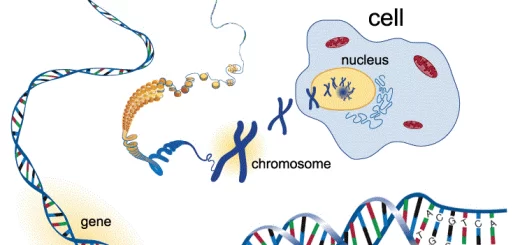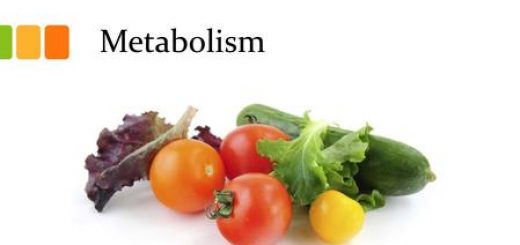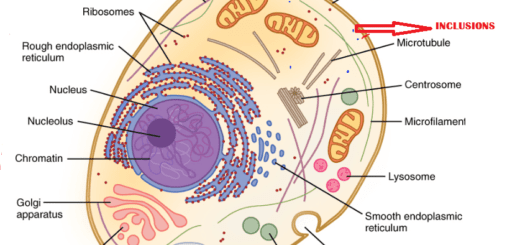Support in plant (Physiological support & Structural support)
The plant has various methods and systems for support to maintain its shape and for its protection, These methods may be physiological or structural, The physiological support is temporary support, because it depends on the presence of the water in the plant cells and there is no support, if this water is lost.
The physiological support
Physiological support affects the cell itself as a whole.
How does it occur?
The water enters the vacuole of the cell by osmosis.
The size and pressure of the sap vacuole increase which presses in turn on the protoplasm, pushing it outside towards the wall and that affects the shape of the cell wall.
The cell wall extends, due to the increase of the pressure acting on it, then the cell swells and becomes with a strained wall to get the support.
Examples
- The swelling (the size increasing) of dried fruits, on soaking them in the water for some time, due to its absorption of the water by osmosis.
- The shrinkage (wilt) of fresh seeds as peas or beans, on leaving them for some time, due to the loss of water from their cells.
- The wilting of leaves and stems of herbaceous plants that face soil drought, due to the absence of its cells turgidity, as a result of the loss of water, So, the physiological support disappears.
- The straightness of leaves and stems of herbaceous plants, on irrigating the soil, due to the swelling of their internal tissue cells, as a result of the pressure of water to their vacuoles by osmosis.
The structural support
Structural support affects the cell wall or some parts of the cell.
How does it occur?
The deposition of some rigid strong substances on the cell wall or in some of its parts to:
- Increase the ability of external plant cells to protect the internal plant tissues.
- Prevent the loss of the water from the inner cells.
- Acquire the cells the hardness (turgidity) and strength (support the plant).
The structural support is permanent, because it depends on the deposition of some substances on the plant cell walls or in some of its parts such as cellulose, lignin, suberin and cutin which acquires the plant the turgidity and strength, maintain the internal plant tissues and prevents the loss of the water through them.
Examples
- The increase of thickness of epidermal cell walls (especially the outer cells of it).
- Deposition of cutin which is impermeable to the water on the epidermal cell walls.
- Deposition of cellulose or lignin on the plant cell walls or on some of its parts such as the collenchyma cells and sclerenchyma cells (fibers and stone cells) to acquire them the turgidity and strength, where the site of presence of these cells and their distribution support the plant.
- The plant may surround itself by an impermeable cork cells layer containing suberin to prevent the loss of the water.



